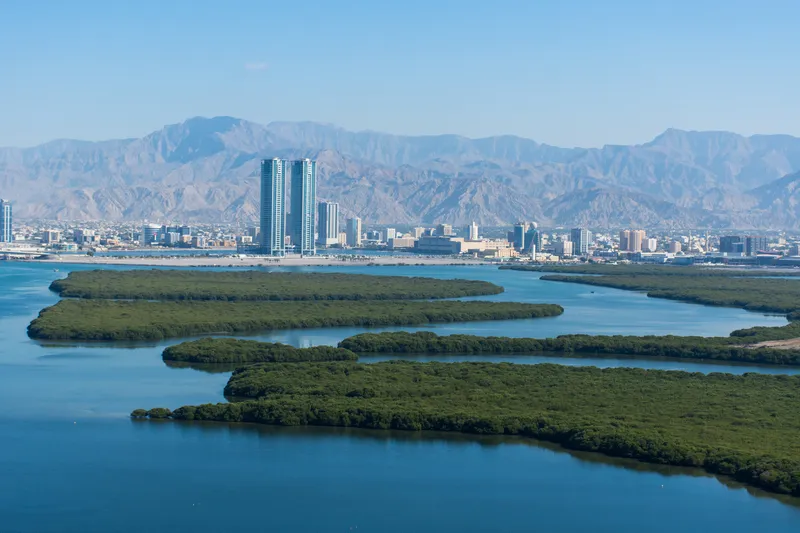
The company is highlighting a significant increase in tolling projects both in domestic and international markets. Aselsan is currently providing multi-lane free flow electronic toll collection (MLFF ETC) systems to the Turkish Highway Authority, a government-based company operating most of the tolled highways in Turkey. MLFF-ETC systems are being installed initially on the most crowded tolling plazas such as the two toll bridges on the İstanbul Strait, and other mainline plazas around İstanbul region.
The company has been chosen as the toll system supplier for the two new toll highways being constructed through Public Private Partnership model. The first project connects the cities of İstanbul and İzmir through a 500 km highway. The second project provides a 100 km-long third ring road with a new suspension bridge over the Istanbul Strait in the middle.
Internationally, Aselsan is carrying out a new, all electronic tolling project on Corridor-10 highway in the Republic of Macedonia. Once completed, it will be supplied with seven automatic tolling stations each furnished with DSRC based and contactless smart card based tolling lanes.
Here at the Intertraffic, Aselsan is also highlighting its integrated traffic management system solutions which provide a central management capability at the main traffic management centre (TMC).
The system integrates ANPR, enforcement, CCTV, traffic density sensors, road weather information systems, travel time measurement and traveller information systems. A good example is the company’s Active Traffic Management System for the 40km Gebze – İzmit section of the Istanbul-Ankara Highway.










